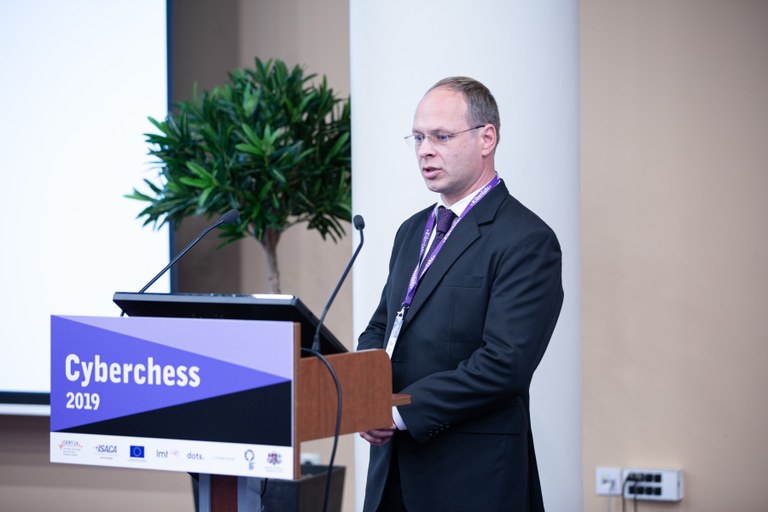CyberChess 2019 in Riga
CyberChess 2019 in Riga
2nd - 3rd October 2019, Riga
Advanced Neural Network-Based Technique for Android Smartphone Applications Classification
At the Cybersecurity conference Roman Graf, Olivia Dinica and Aaron Kaplan presented new results using advanced neural network model for malware applications classification in Android smartphones.
Abstract: With the booming development of smartphone capabilities, these devices are increasingly frequent victims of targeted attacks in the ‘silent battle’ of cyberspace. Protecting Android smartphones against the increasing number of malware applications has become as crucial as it is complex. To be effective in identifying and defeating malware applications, cyber analysts require novel distributed detection and reaction methodologies based on information security techniques that can automatically analyse new applications and share analysis results between smartphone users. Our goal is to provide a real-time solution that can extract application features and find related correlations within an aggregated knowledge base in a fast and scalable way, and to automate the classification of Android smartphone applications. Our effective and fast application analysis method is based on artificial intelligence and can support smartphone users in malware detection and allow them to quickly adopt suitable countermeasures following malware detection. In this paper, we evaluate a deep neural network supported by word-embedding technology as a system for malware application classification and assess its accuracy and performance. This approach should reduce the number of infected smartphones and increase smartphone security. We demonstrate how the presented techniques can be applied to support smartphone application classification tasks performed by smartphone users. We perform manual analysis of the manifest and source files of android applications in order to formulate additional features if possible. The model trained on the newest malware samples we compare with our previous model.
Additional information:
